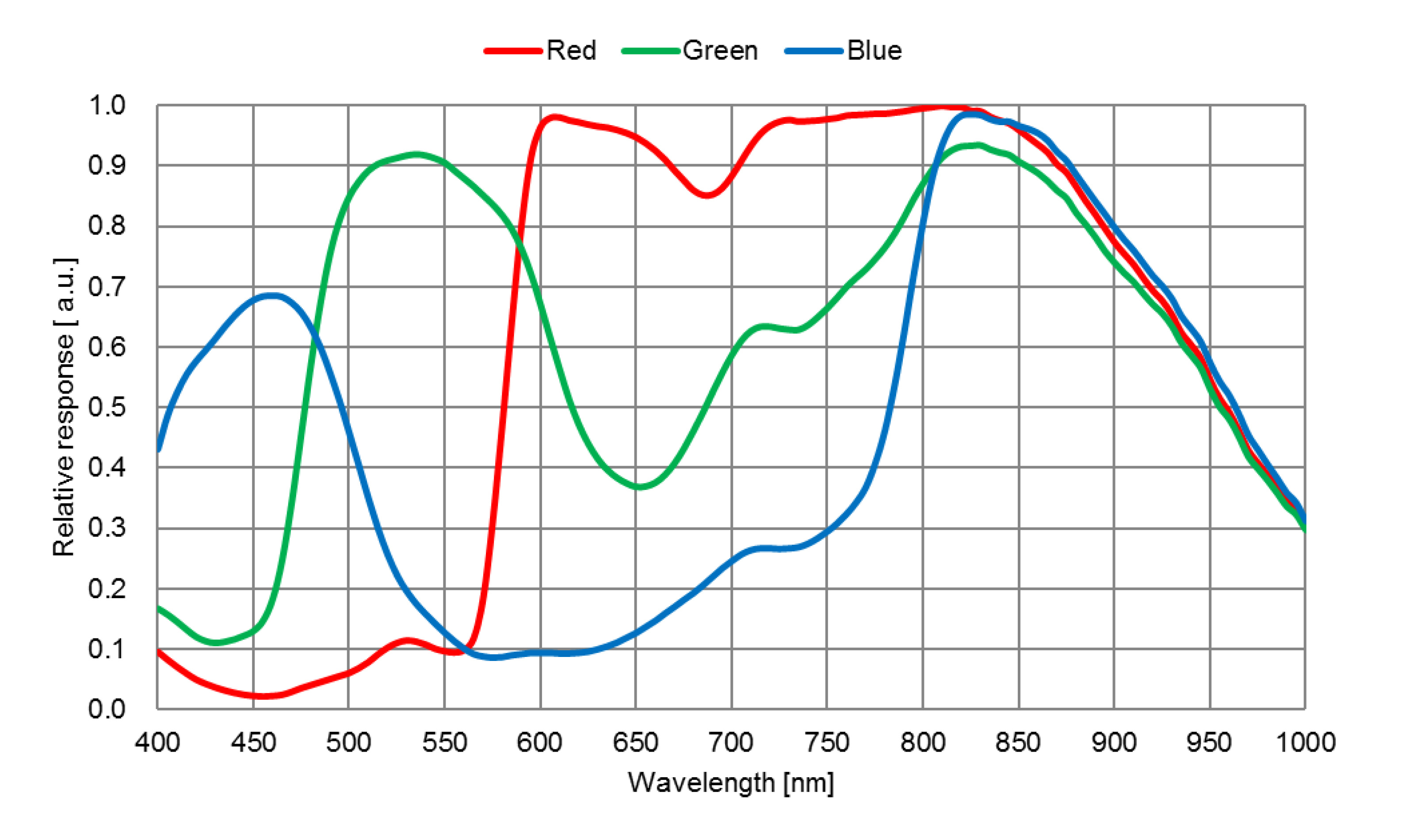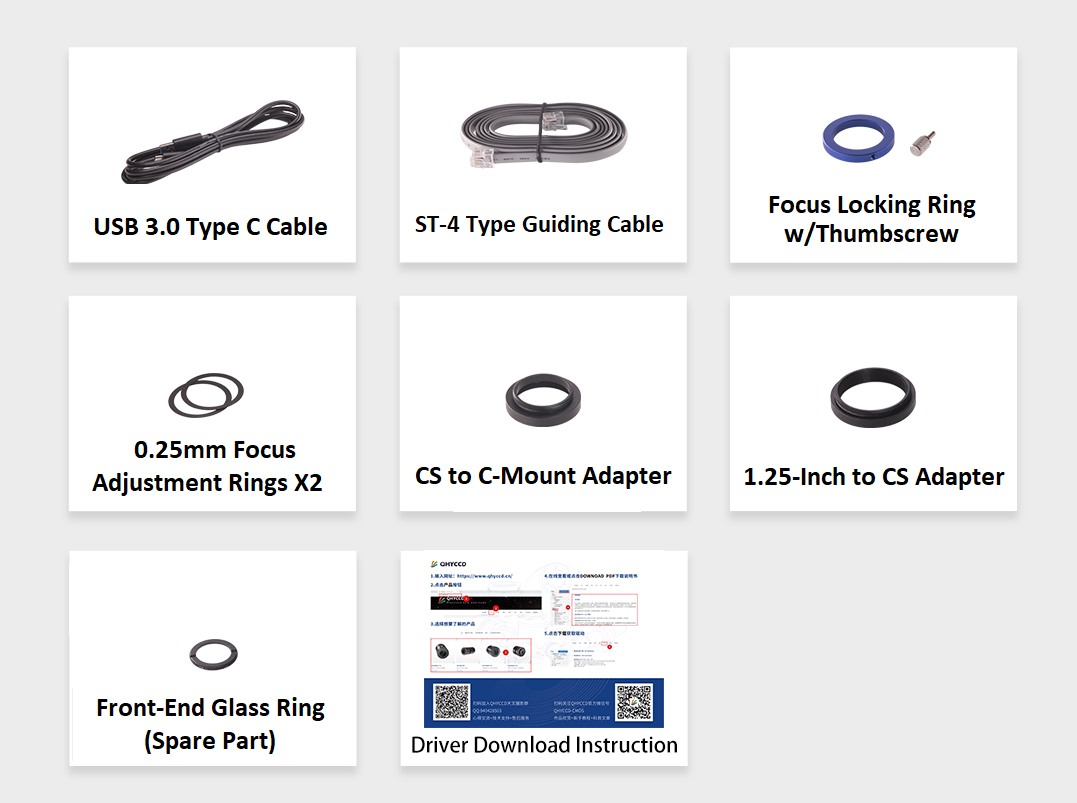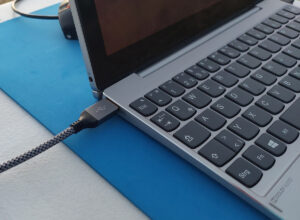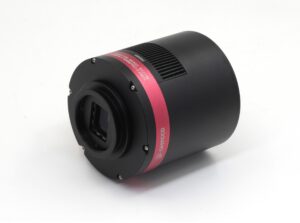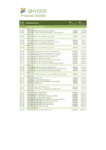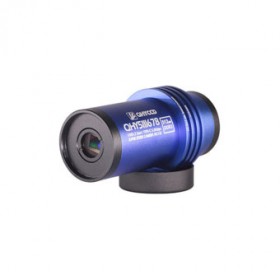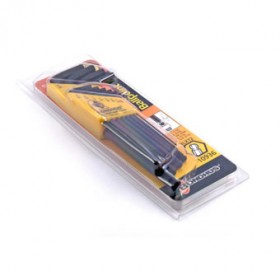Product Questions and Answers
- Description
-
Details
QHY 5-III-715 Color
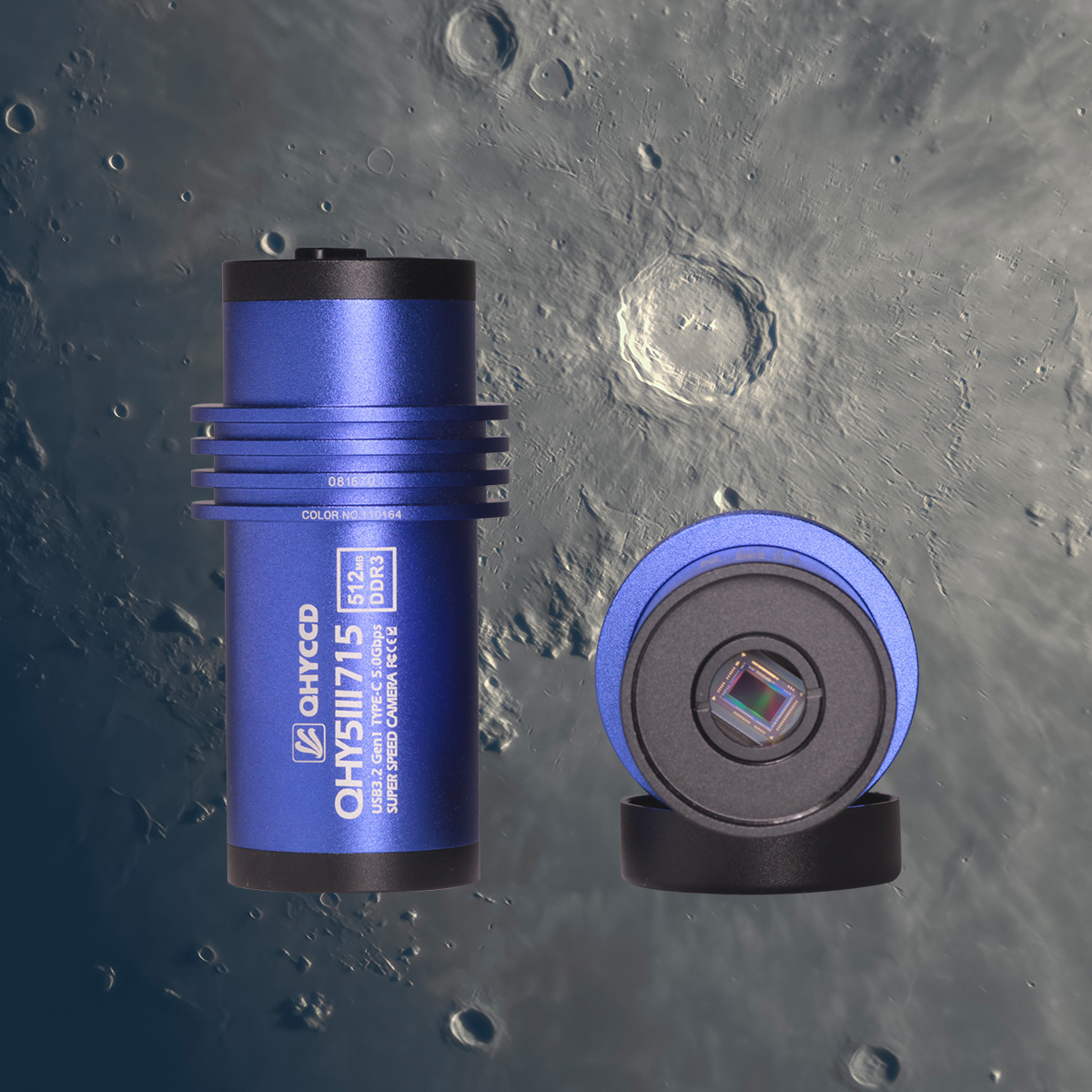
The QHY 5-III-715 Color is another camera of the 2nd generation of lunar and planetary cameras with integrated SBIG ST-4 guiding port. The advantages over the 1st versions of this camera series include:
-
Large internal 512 MB DDR3 image memory.
- Improved front-end design
- Compatibility with CS and C-mount lenses
- LED for camera status indication
- USB 3.2 Type C interface
We describe these and other benefits in detail here.
The QHY 5-III-715 Color is an ultra high resolution color camera with a very sensitive Back Illuminated Sony Sensor (BSI) combined with extremely low readout noise. The new USB 3.2 interface allows frame rates of up to 42 frames per second at full resolution (lucky imaging for sun and moon), and significantly more for ROI (planets).
Due to the extremely small pixel dimensions of only 1.45 µm x 1.45 µm, an imaging scale (image resolution) of about 1 arc second is already possible at focal lengths around 300 mm, so that reliable guiding is already possible without problems at focal lengths around 200 mm.
So the QHY 5-III-715 Color with its pixel array of 3.840 x 2.192, the very low readout noise and the up to 900 seconds long exposure times (although one should not overdo it here, because, despite the low readout noise, the camera is uncooled) is also an interesting variant for beginners in DeepSky photography. So a tele lens with 200 mm focal length results in an imaged sky field of about 1.6 x 0.9 degrees, with a focal length of 500 mm it is still 38.5 x 22 arc minutes (about full moon size).
Extended sensor sensitivity in the near infrared spectral range (NIR)
Similar to the QHY 5-III-462C CMOS Camera (#1931026 , € 295,-) the new QHY 5 III 715 C also features extended sensitivity in the near infrared spectral range.
In this latest generation of Sony sensors, the photodiodes are embedded deeper in the substrate than in previous sensors, allowing photons with longer wavelengths (NIR) to penetrate deeper into the substrate. This dramatically increases the sensor's sensitivity to red and near-infrared light. The peak sensitivity (quantum effectiveness) of the sensor in the NIR spectral range is almost as high as for light in the visible spectrum (see figure below).
The spectral quantum effectiveness of the sensor of the QHY 5-III-715 Color
This opens up new photographic possibilities for the observer. For example, in planetary photography of Jupiter and Saturn, cloud structures in the methane band can be made visible with the use of an appropriate filter: Baader Methane-Filter 1¼" (889nm, 8nm) (#2458295 , € 239,-) . For the DeepSky photographer the sensor allows to "see" deeper into galactic dark clouds.
The curves of the 4 most important operating parameters are shown here. All further information about the new QHY 5-III-715 Color can be found under the button Technical Data.
The following items are included with the QHY 5-III-715 Color
-
USB cable 3.0 type C
- ST-4 compatible guiding cable
- Focus adjustment ring
- 2 pieces 0.25mm focus adjustment rings
- CS - C mount adapter
- 1-1/4" CS adapter
- 1-1/4" UV/IR blocking filter (to be clarified with QHY)
- Driver download information
Further detailed information can be found on QHYCCD
If you have any further questions, please send us an email to kontakt (at) baader-planetarium.de.
A general description of the 2nd generation of planetary and guider cameras can be found here:
-
Additional Information
| General | |
|---|---|
| Manufacturer | QHYCCD |
| SKU (#) | 1931038 |
| EAN Code | 4047825057334 |
| Net weight (kg) | 0.09 |
| Application | Guiding and Planetary Cameras |
| Sensor Information | |
| Sensor | Sony IMX715 |
| Sensor type | BSI CMOS – Back-side illuminated |
| Pixel Size | 1.45 µm x 1.45 µm |
| Imaging Features | |
| Compatible Brands | QHYCCD Cameras |
| Monochrom or Color? | Color |
| Maximum Frame Rate | 41 frames per second (fps) at full resolution |
| Full Well Capacity | 5.7ke- |
| Read Noise (e- RMS) | 0.87e- to 2.17e- |
| Region of Interest (ROI) | Full Resolution, 42 FPS at 8-bits 1920 lines, 83 FPS @ 8-bits, 47 FPS @ 16-bits 640 lines, 99 FPS @ 8-bits, 99 FPS @ 16-bits |
| Range of exposure times | 11 µs – 900 sec. |
| Shutter | Electronic Rolling Shutter |
| Interface | USB3.2 Gen1 Type-C |
| Data Bit Depth | 12-bit (output as 16-bit and 8-bit) |
| Additional Features | |
| Built-in image Buffer | 512 MB DDR3 Memory |
| Included Accessories | USB cable 3.0 type C, ST-4 compatible guiding cable, Focus adjustment ring, 2 pieces 0.25mm focus adjustment rings, CS - C mount adapter, 1-1/4“ CS Adapter, 1-1/4“ UV/IR blocking filter, Driver download information, Front/End Glasring (spare Part) |
| Electronics | |
| Power Supply | Please note: the camera is powered exclusively with the included USB cable! |
| Body and Connections | |
| Backfocus | 8mm |
| USB Connection | USB3.2 Gen1 Type-C |
| Guiding Port | Compatible with SBIG ST4 |

